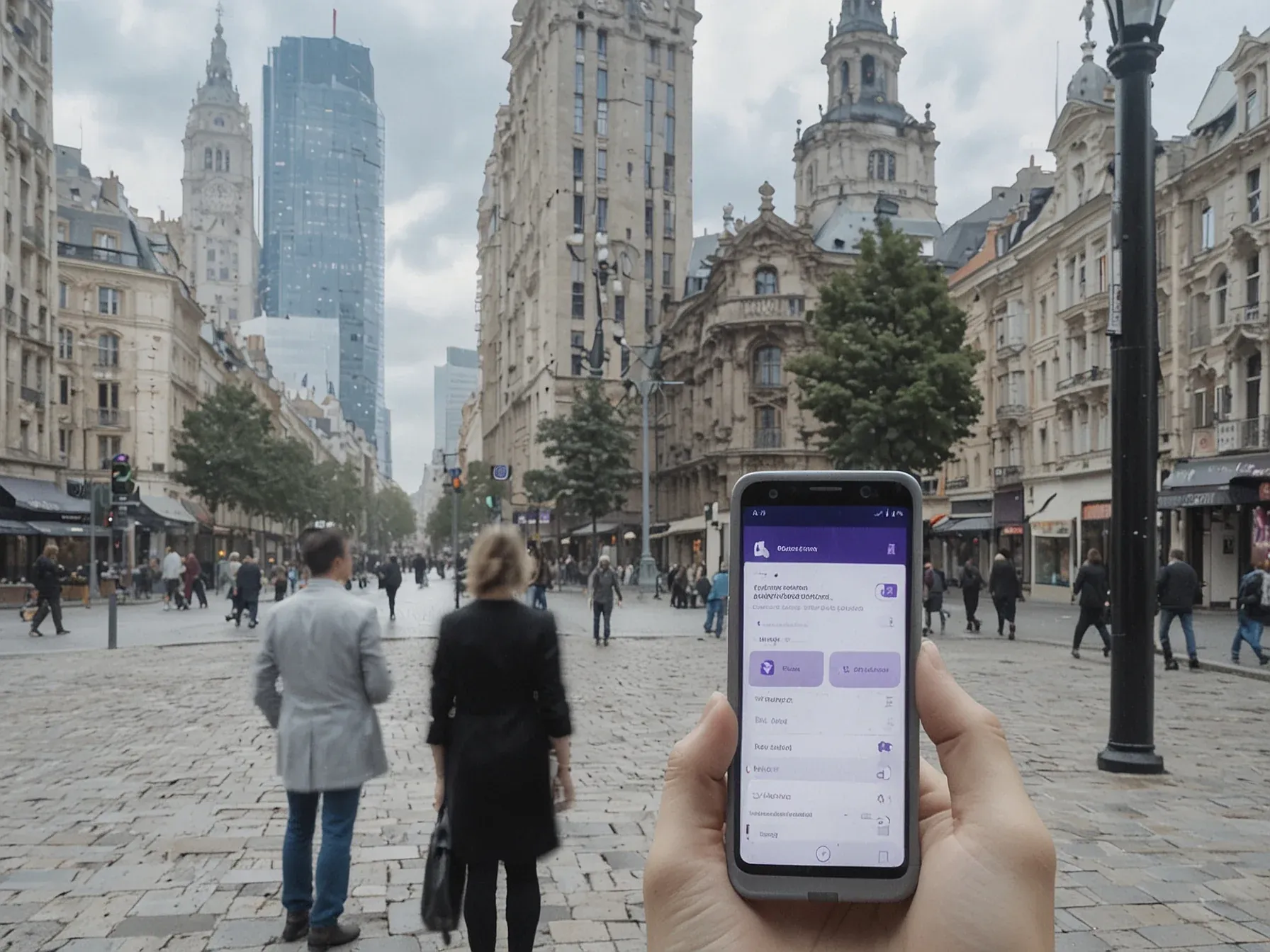
AI translation tools fell short as in‑laws assumed 95% of Europeans speak English
Traveling through Europe with a multilingual family can feel like a linguistic minefield, especially when the latest AI translation apps promise seamless conversation. Yet, when the author’s in‑laws set out on a series of cross‑border visits, the gadgets they trusted turned out to be more of a novelty than a solution. Their confidence—rooted in the observation that English is understood by the vast majority of Europeans—clashed with the reality of on‑the‑spot misunderstandings.
The mother‑in‑law, ever the initiator, would stride up to strangers, expecting a quick English exchange, while the author’s phone buzzed with mistranslated prompts that failed to bridge the gap. As the trips accumulated, the limitations of the software became increasingly apparent, prompting a reassessment of how much reliance one should place on automated language tools. The episode highlights a broader question: when does the convenience of AI outweigh the need for genuine linguistic competence?
The following line captures the frustration that unfolded.
I regret to inform you that AI translation gadgets were no match for my extroverted in-laws and their unshakeable belief that everyone in Europe speaks English. (In fairness, they were correct 95 percent of the time.) On countless occasions, my fearless mother-in-law had already marched up to someone in her Southern twang and gotten an answer before I could pull out my phone. Likewise, there's hardly a point in whipping out a translation gadget when a bombastic Pompeii taxi driver is cracking jokes in English about three generations of his family's business.
Did the gadgets live up to the hype? Not quite. The newsletter’s anecdote shows AI translators still lag behind a simple gesture or a quick Google search when navigating family gatherings abroad.
Because the in‑laws assumed 95 percent of Europeans speak English, they often bypassed the devices altogether, a reality that underscores a gap between marketing promises and everyday utility. While the statistic suggests most conversations could proceed in English, the author’s experience reveals moments where the tools failed to bridge the remaining five percent, leaving travelers to improvise. Moreover, the reliance on English as a default raises questions about how well these systems handle less common languages or dialects.
It remains unclear whether future updates will close that margin or merely shift the burden elsewhere. For now, the takeaway is modest: AI translation aids can be handy, but they are not yet a substitute for basic linguistic awareness or the occasional pointed finger.
Further Reading
- Lost in translation: AI's impact on translators and foreign language skills - VoxEU / CEPR
- Complete Guide to Artificial Intelligence Translation Tools in 2025 - AI Journ
- 7 of the best AI translation tools for enterprise localization in 2025 - XTM Cloud Blog
- DeepL alternatives: 5 best AI translators in 2025 - Lara Translate Blog
- Translation industry 2025: trends, AI & market analysis - Optilingua / Alphatrad
Common Questions Answered
Why did the author's in‑laws rely less on AI translation tools during their European trips?
The in‑laws believed that 95 percent of Europeans understand English, so they often approached locals directly in English before pulling out a translation gadget. This confidence reduced their perceived need for the AI tools, leading them to bypass the devices in many situations.
What specific misunderstanding did the author encounter with AI translation gadgets on cross‑border visits?
Despite the gadgets' promises, the author found them unable to keep up with fast‑paced, extroverted conversations, especially when the mother‑in‑law already secured a response in English. The AI translators lagged behind simple gestures or quick Google searches, resulting in on‑the‑spot misunderstandings.
How does the article illustrate the gap between marketing hype and everyday utility of AI translation tools?
The anecdote shows that while marketing touts seamless multilingual communication, real‑world use revealed the tools were often outperformed by a basic English greeting or a quick online lookup. This discrepancy highlights that the devices still fall short of delivering reliable, instant translation in dynamic social settings.
What role does the 95 percent English‑understanding statistic play in the author's narrative?
The statistic serves as the backdrop for the in‑laws' confidence, prompting them to skip translation gadgets and rely on English. However, the author's experience demonstrates that even with a high English comprehension rate, language barriers still arise, exposing the limitations of both the assumption and the AI tools.
According to the article, how do simple gestures compare to AI translation gadgets when navigating family gatherings abroad?
Simple gestures or a quick Google search often proved more effective than the AI translation gadgets, which struggled with nuanced or rapid exchanges. The author concludes that these low‑tech solutions currently outperform the high‑tech promises of AI translators in everyday family interactions.